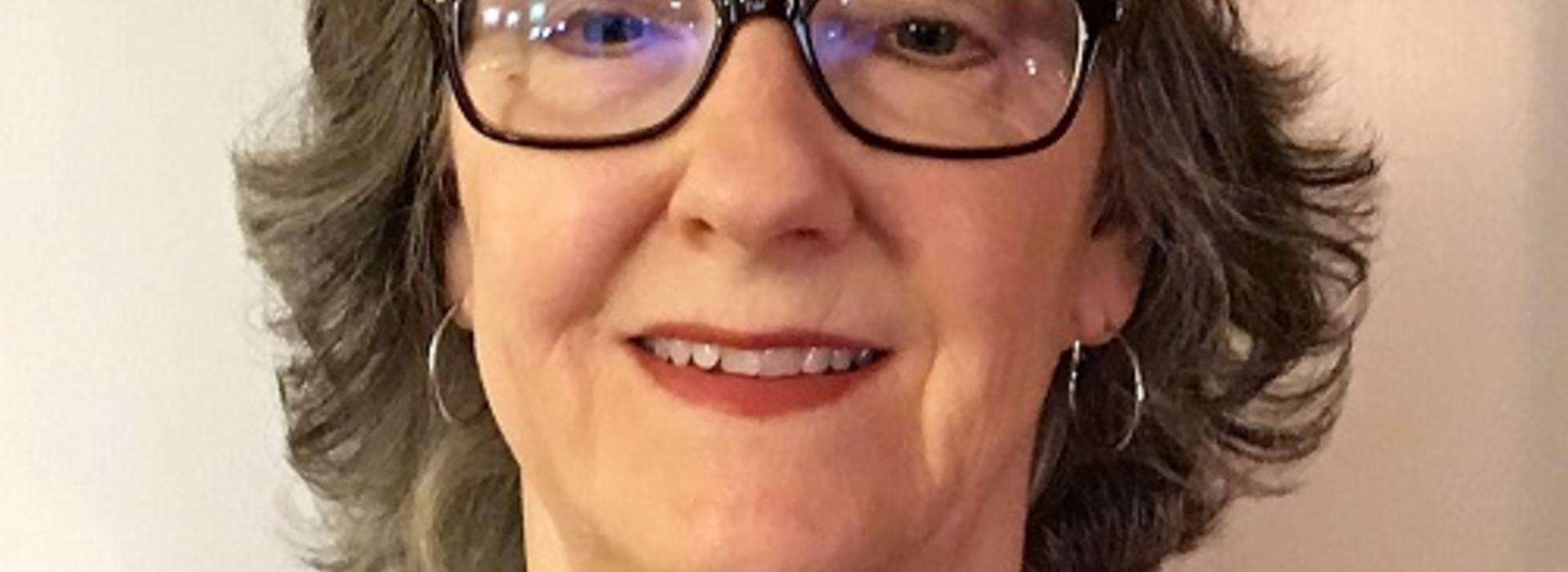
Surgical procedure releases U of M patient from years of living with debilitating pain
For 18 years, Monticello, MN, resident Cindy Jacobson lived with trigeminal neuralgia – a chronic pain condition affecting the trigeminal nerve, which carries sensation from your face to your brain. If you have trigeminal neuralgia, even mild stimulation of your face — such as from brushing your teeth or putting on makeup — may trigger a jolt of excruciating pain.
In one sense, Cindy was fortunate. When she went to see her doctor in 1995 for “twinges” around her nose that had gotten worse and worse, he told her right away that it was trigeminal neuralgia, which affects more women than men. “He immediately put me on Tegretol [an anticonvulsant that treats nerve pain],” she said. Many patients who find themselves in the same situation as Cindy are often thought to have dental problems; some even have unnecessary dental work done before the problem is accurately diagnosed and treated.
Life-changing condition
Cindy’s entire life was changed by her condition. She was often in pain and had to manage different medications to treat it. If someone wanted her to go outside, Cindy had to see if it was windy because wind brought on the pain. Other triggers included mundane, everyday things such as washing her hair or face, brushing her teeth, walking, smiling, talking…even eating.
Over the years, Cindy was careful to log when and how much of her pain medication she took. “One night in 2013, I was lying in bed and thought if I get to be really old, who’s going to know how much medication I need and when I need it,” she said. “I told my husband, Mike, that I just couldn’t do this anymore.”

Andrew Grande, MD
Decision to have surgery
Cindy had finally decided to have a surgical procedure that would help eliminate her trigeminal neuralgia pain. The care coordinator at her clinic suggested that she go to the U of M and put her in touch with neurosurgeon Andrew Grande, MD. “When I met with Dr. Grande, it was the first time I talked to someone who knew what I was going through,” Cindy said. “I know he doesn’t have trigeminal neuralgia, but he’s dealt with people who have and could empathize. He was so caring…I felt he understood.”
Grande explained to Cindy that he would perform what is known as a microvascular decompression (MVD) to relieve her symptoms (pain, muscle twitching). “This surgery involves opening the skull and exposing the trigeminal nerve at the base of the brainstem to insert a tiny sponge between the superior cerebellar artery or a branch of the petrosal vein and the nerve,” he noted. “The sponge isolates the nerve from the pulsating effect and pressure of the blood vessel.” Removing the compression would relieve Cindy’s painful symptoms.
“I think the reason it took me so long to have the procedure was because I believed there was a lot that could possibly go wrong,” Cindy said. “When I first came down with this, I had younger children and thought I could deal with the pain and the medication. I didn’t want to take a chance. My doctor always told me that something could be done about it, but I just wasn’t ready.”
Procedure successful
When Cindy finally had the MVD procedure five years ago, everything went well. She went in on a Friday and asked if she could leave Sunday evening. “I did have some surgery-related pain for a few days after, but I followed the drug regimen really carefully and overall, it wasn’t that bad,” she said. Because Cindy was a little unsteady after the procedure, she used a walker for a couple of weeks and then a cane to walk around the block. “I still have some issues with my balance,” she said, thankful that was the only side effect of the procedure.
Having lived with the debilitating pain of trigeminal neuralgia for 18 years, when Cindy started having fluttering sensations along the side of her face last July (2017), she called Grande in a panic. He prescribed something for her, just in case. “When I picked up that medication, it had been four years since the surgery,” said Cindy. “I left the pharmacy and walked through the building to get outside in tears. It was like taking a step back in time. It’s not just the pain, it’s the fear of the pain. It really takes a toll.” She never did have to take the medication.
Condition limited her
Looking back, Cindy understood that trigeminal neuralgia kept her from living her life. From the outside looking in, people couldn’t understand some of her pain-related behaviors. For instance, she had to walk out in the middle of a couple of haircuts with her hair still wet and soapy. She couldn’t explain why because the pain hit her so hard, she couldn’t talk. She would have to leave work in the middle of the day without explanation and if the pain was bad enough, she would just sit in her car in the parking lot, unable to face the 30-mile drive home. “One time, a colleague saw me in my car and called my husband,” she said. “He and my son came in and drove me home. It just stops you in your tracks.”
A very private person, Cindy didn’t share her condition with others. “Hardly any of my friends and family knew that I suffered from this,” she said. “It wasn’t until I decided to get the surgery that I told them. I don’t like to bring attention to myself.”
Able to live life fully now
Having had the MVD procedure has opened Cindy up to living her life more fully. Every year on the anniversary of her MVD, she emails Grande about what that means. Most recently, she described traveling to California to see her three-year-old grandson, a “busy little guy,” according to the proud grandmother. She also mentioned working up the courage to have some dental work done. Eighteen years of living in fear of stabbing pain isn’t conquered easily.
Grande is grateful for the opportunity to help Cindy and others like her. “Trigeminal neuralgia patients are some of the most rewarding because you really do give them their lives back,” he said.
For others experiencing facial pain, Grande noted that, “We are fortunate to have a tremendous facial pain support group in Minnesota through the Facial Pain Association.” Anyone interested in participating can contact Rene Johnson (rjohnson2@mmm.com) or visit the website at https://fpa-support.org/support-network/ for more information.



